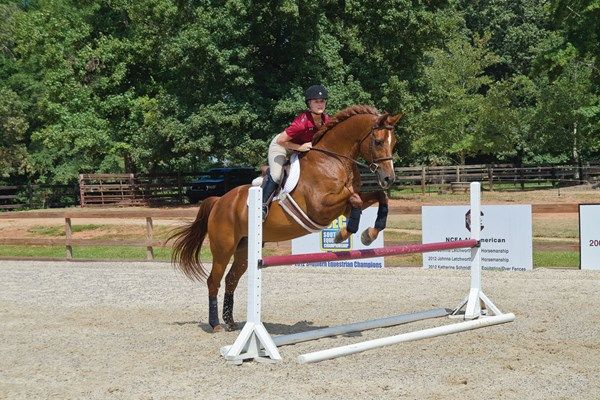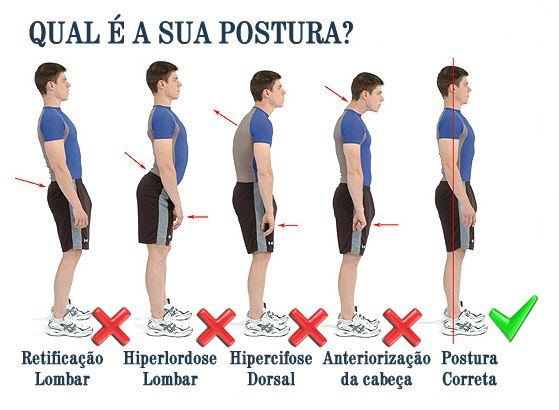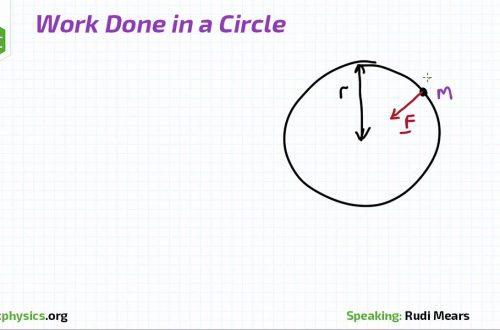
Show me how you walk and I’ll tell you what kind of rider you are!
Show me how you walk and I’ll tell you what kind of rider you are!
Do a little experiment!
Set up a video camera, run and step back and forth in front of it. Then from side to side. Try to “reproduce” the movements of the walk, trot and canter of the horse with your legs. Then watch this video with redoubled attention.
Pay attention to how you use your joints, how you distribute your weight throughout your body, how your hips move (or don’t!) while walking and running. Look at which leg you start with, which one is pushing, which one is carrying (when you don’t think about it), what’s with the level of your shoulders, is your head in front or above your shoulders, is your chest moving to one side? When you walk, what drives the movement, the core or the hips? These are just a few of the many elements you can analyze.
Common Habits of Riders
If you live the lifestyle of most riders for whom horses are a hobby, then it is very likely that you spend long hours in front of the computer at work, driving in a car, you may also wear high heels if you are a woman, or slouch a little if you are a man. But hundreds of your posture habits show up very clearly in your riding style.
It is possible to describe many of your riding problems quite accurately without even seeing you in the saddle. Interestingly, you will be able to correct your own fit, seat problems, leg response or contact problems that you have by analyzing your own walking style.
What is your posture?

Our daily life affects our posture. If you spend 8-10 hours a day hunched over, you will not be able to easily change the usual position of the body in 1-2 hours of riding.
Changes need to be made in your normal walking and running patterns, in the way you sit and stand. You have to change the way you use your body. Only in this way can something be effectively changed in relation to the work of the body on horseback. Only in this way, while riding, you will be able to concentrate on more important skills, and not waste time on “sitting properly”.

Aspire Equestrian Rider Development Workshop at Hippikos Equestrian Centre, Portugal.
Creative ways to improve your riding skills
By drawing conclusions from videos of your walk/trot/canter performance, you can greatly improve your riding efficiency and feel and improve your seat just by looking at your motor skills.
I had a great chance to work with over XNUMX riders over the course of eight months during Rider Development sessions at Hippikos, a riding center in Portugal that uses Aspire Equestrian’s ABC method – Awareness, Balance, Connection. Every rider has noticed an improvement in awareness and the ability to adjust their posture that wasn’t there when they worked on it in the saddle.
Check out one of the Aspire Equestrian’s Coaching Weekends lessons for an intense workout, including simulator training.
“Hometasks
You can purchase one or two fitness balls that you can use at home.
The balls come in different sizes to suit your height. Check with the seller which one is best for you.
There are tons of moves you can do and chat with your friends online at the same time – just look for tutorials on YouTube.
Before you start exercising, contact your trainer – he will tell you what part of your body is not working as it should in the saddle and needs to be corrected. Then let you be assessed from a biomechanical point of view by a specialist chiropractor or physiologist, but only with an idea of uXNUMXbuXNUMXbwhat riding is. They will help you select exercises to improve your biomechanics, which in turn will greatly improve your understanding of your horse’s biomechanics. Your sense of movement and the ability to act on that sense is the key to increased efficiency.
Even the usual increase in step load will bring benefits to you, since many hobby level riders working in sedentary jobs suffer from a general decrease in mobility.
Viola Grabowska (source); translation by Valeria Smirnova.





